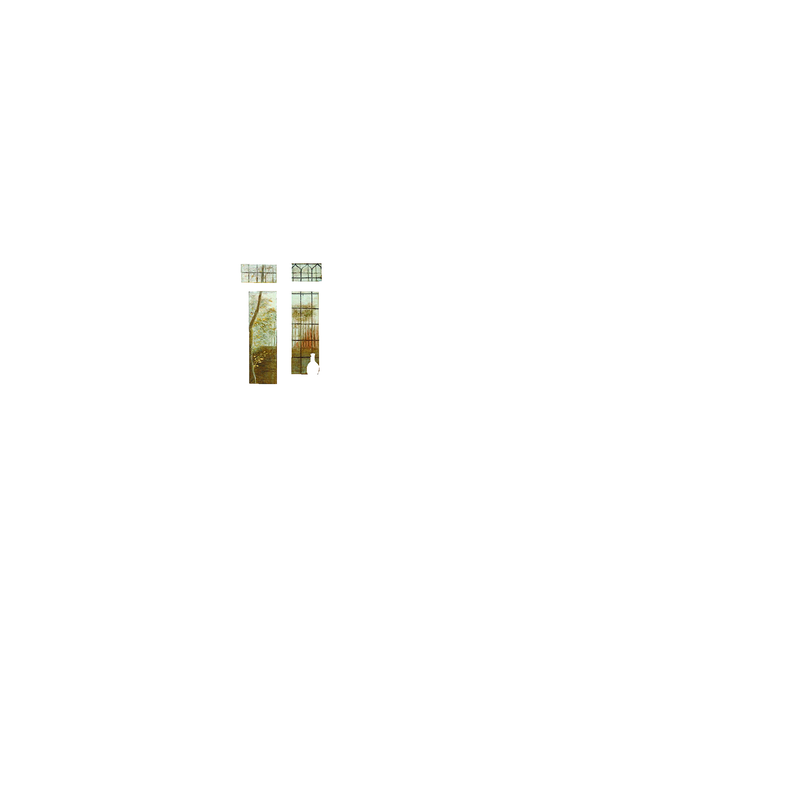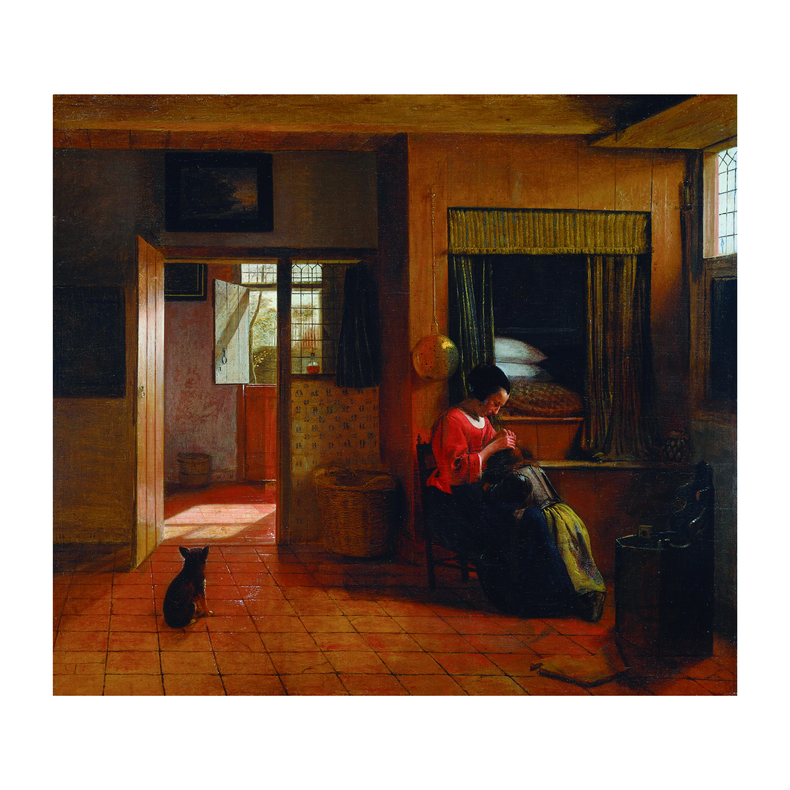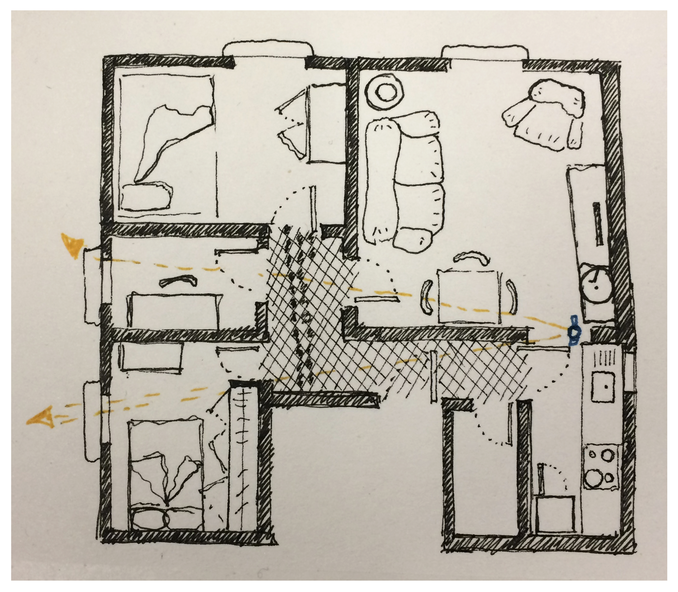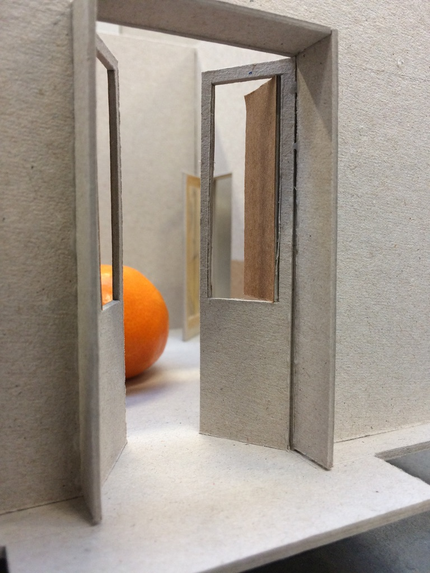WHAT.This research is a study of how certain spaces can catch our attention and trigger our imagination. The research is a compilation of references that impressed me in a spatial way, an analysis of why they did so and a process of getting conclusions out of creating new material.
HOW _ METHODOLOGY. The research is a continuous process of mixing theory and practice. The one feeds the other and enriches my imaginary. By analysing theoretical references, I learn from others and later on I try to apply those concepts in my practice. To do so I work with models, I build scale models that help me to put in relation an object, an observer and the space containing both of them.
HOW TO READ IT. As it is an ongoing research, I think it is very important to be able to trace the timeline of these decisions. Each question has lead me to an experiment or exercise, and each of these have had a conclusion that made me take one path or another. What I know is what I have learned until now, and to understand it, it is necessary to follow the whole process step by step, decision after decision.
So this page is organized as an ongoing curated research process. It starts with the first time I had to frame my research question, in April 2018 and carries on collecting and curating all the experiments and changes in the research process.
Even though it is organized in a way that can be read in cronological order, it is possible also to jump in time by just scrolling down.
On the top horizontal line there are the meaningful references I encountered with and that feed my imaginary.
Scrolling down there are the different experiments I made, one brings to the other. It is possible to read the evolution of one experiment reading it horizonrally.
* NOW. JANUARY 2021.
RESEARCH QUESTION: HOW DOES THE SPECIFICITY OF THE PERSPECTIVE INFLUENCE SPECTATOR IMAGINATION?
APRIL 2018.
RESEARCH QUESTION: HOW CAN I RELATE ARCHITECTURE AND CINEMA TO LEARN FROM THE ONE AND APPLY IT TO THE OTHER?
I worked with some paintings where the depth of the space played an important character in the scene. To discover that as spectators we are also in another layer of this composition.
How many spaces do you see in one framed scene?
What would happen if the main action happened behind the first space without leting us see it completely?
KEY WORDS: LAYERS OF THE SPACE, SPACE DEPTH.
I used to live in a house where from the kitchen sink, and in a longitudinal direction to the exterior, you were able to see the corridor, the entrance door, the bedroom, the window of the bedroom, the neighbours facade, their balcony, which they use to use as a cellar and during the winter it was full of vegetables, the dark dining room, the door of the toilet, and the toilet, which was very inconvenient.
KEY WORDS: MULTIPERSPECTIVE.
CURRENTLY WORKING ON THE PROJECT : "A study of potential narrative spaces", supported by the Stimulering Fonds.
(3)In this painting we can see a living area, where the main action is taking place - the mum is cleaning the hair of her daughter -. In this room there is a window (2) on the east wall, and a bed inside a wall with some courtains in front of it, probably to give some privacy. There is an open door with a window, this door opens to another space, we don’t know which space it is. And at the end there is another door(1) which is opened to the courtyard, where seems to be green trees and a tall fence.





